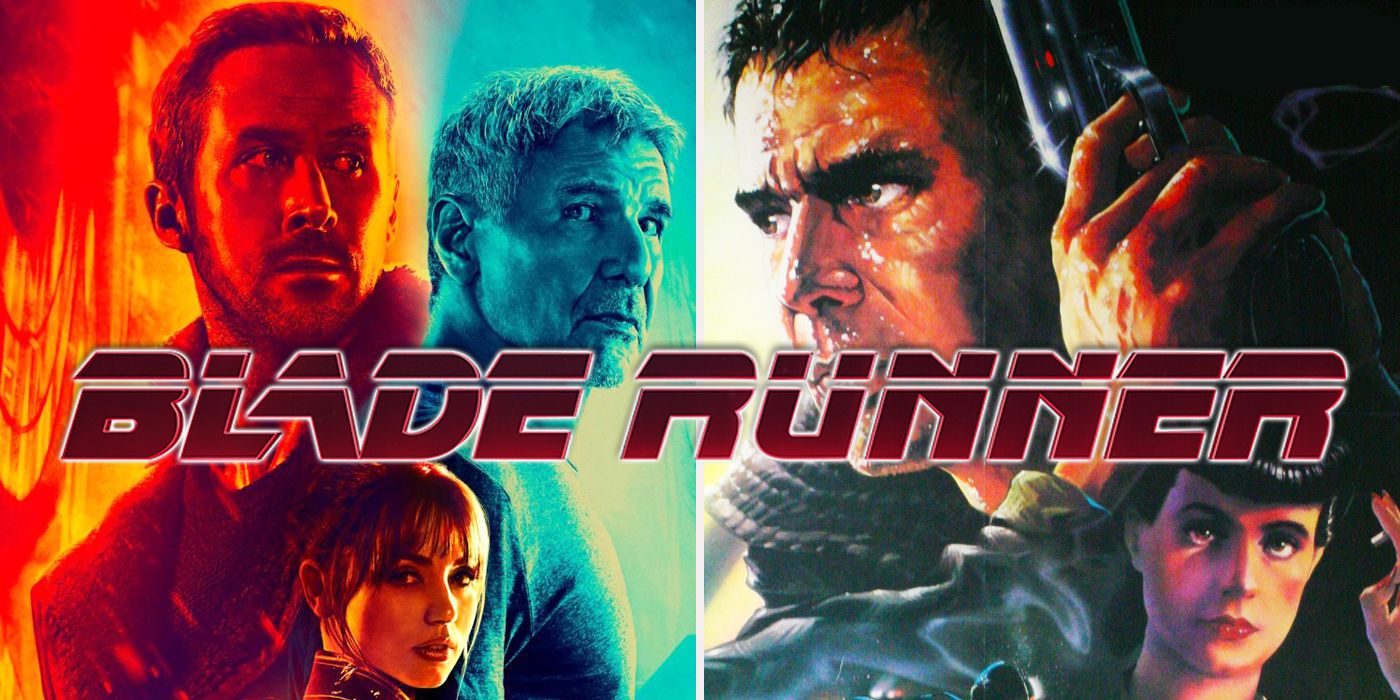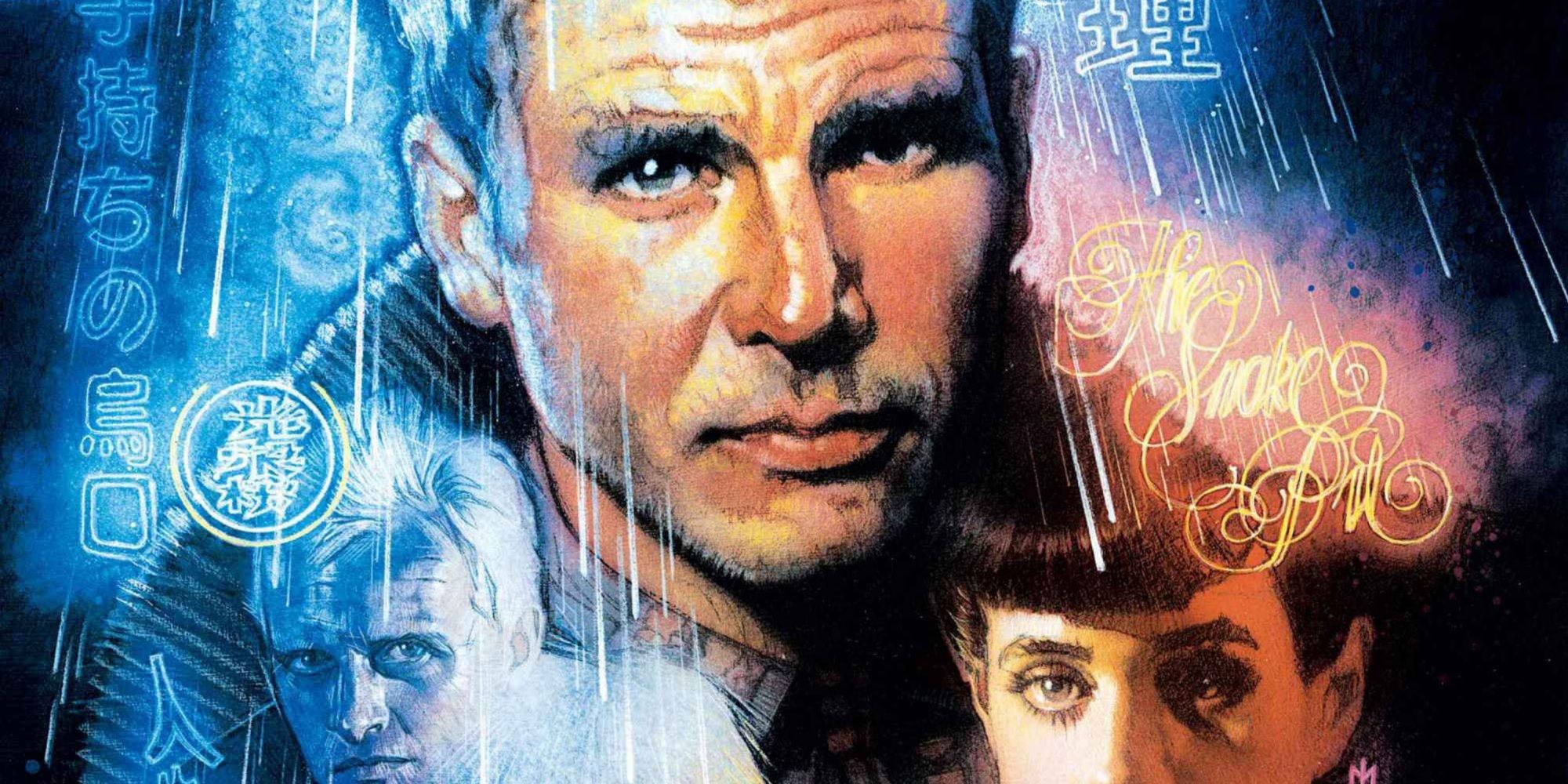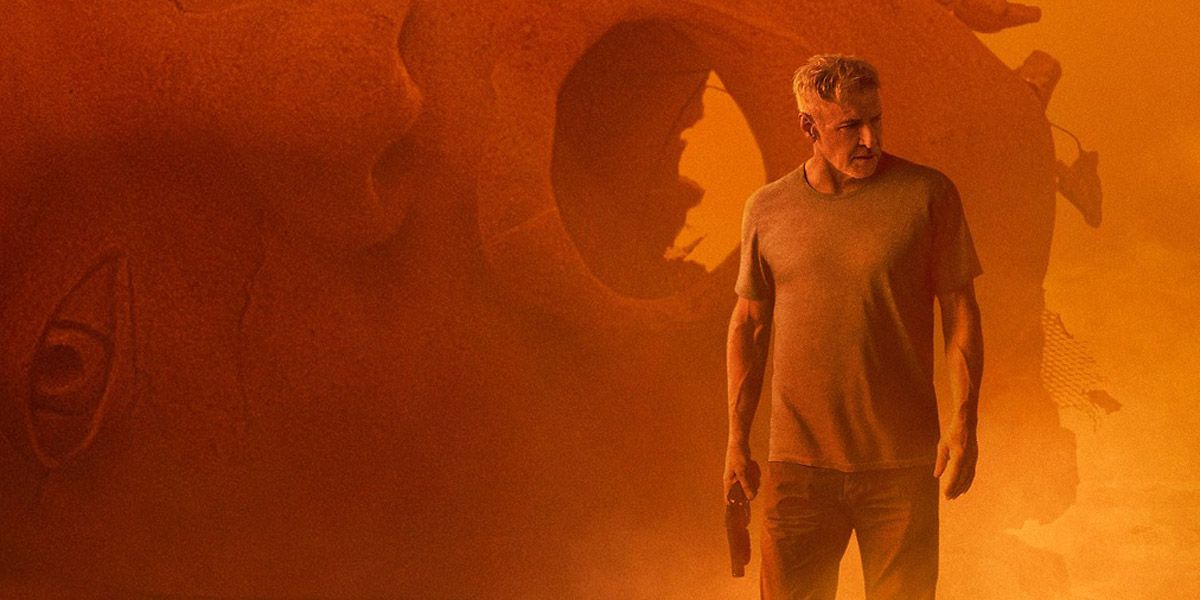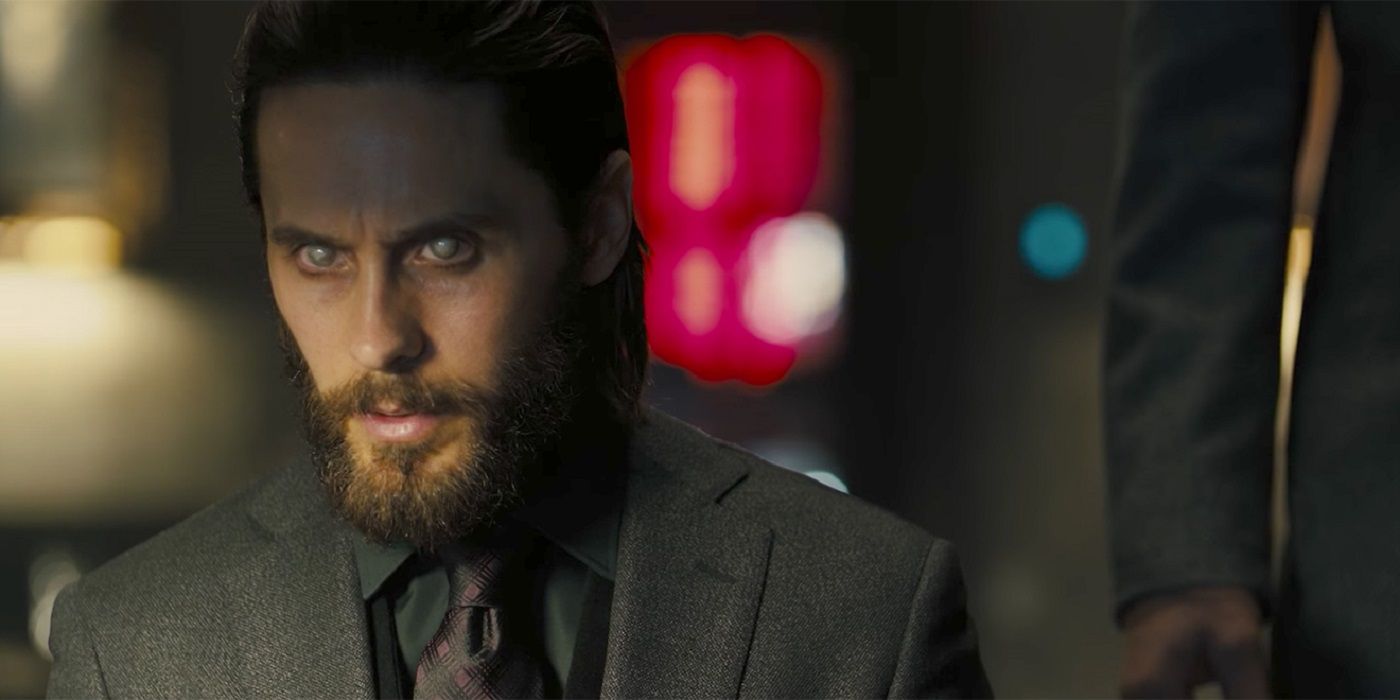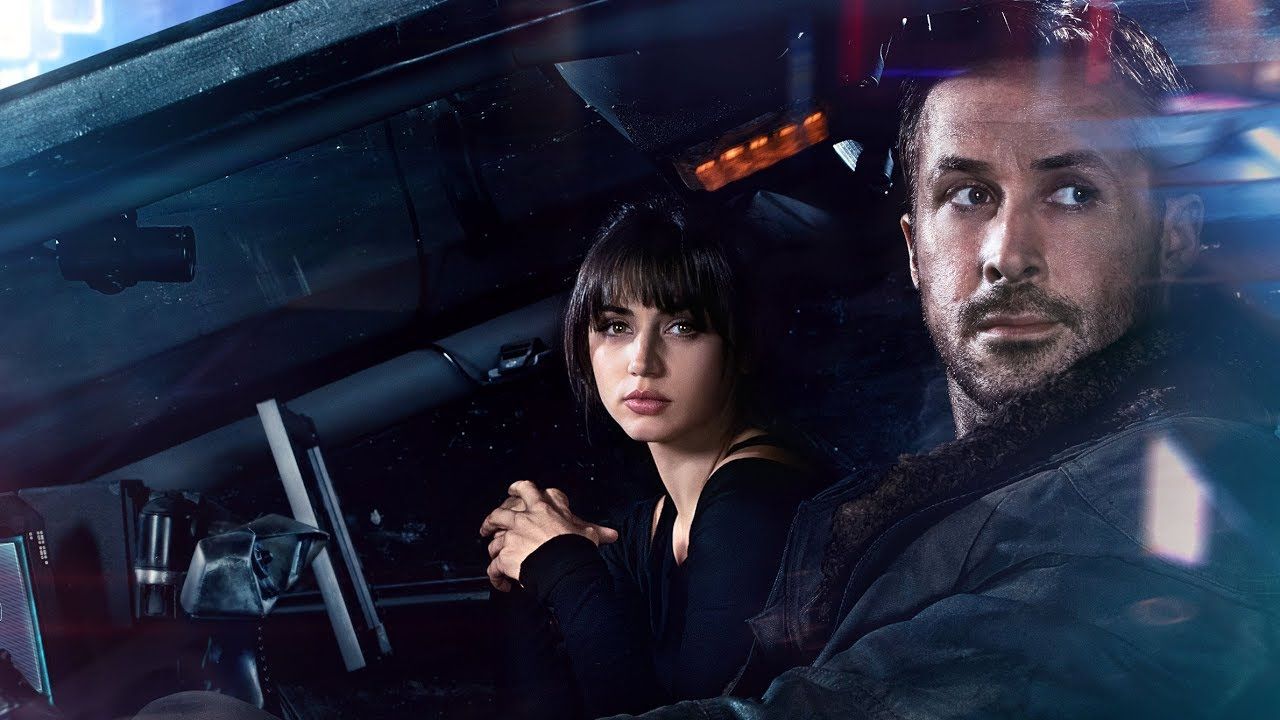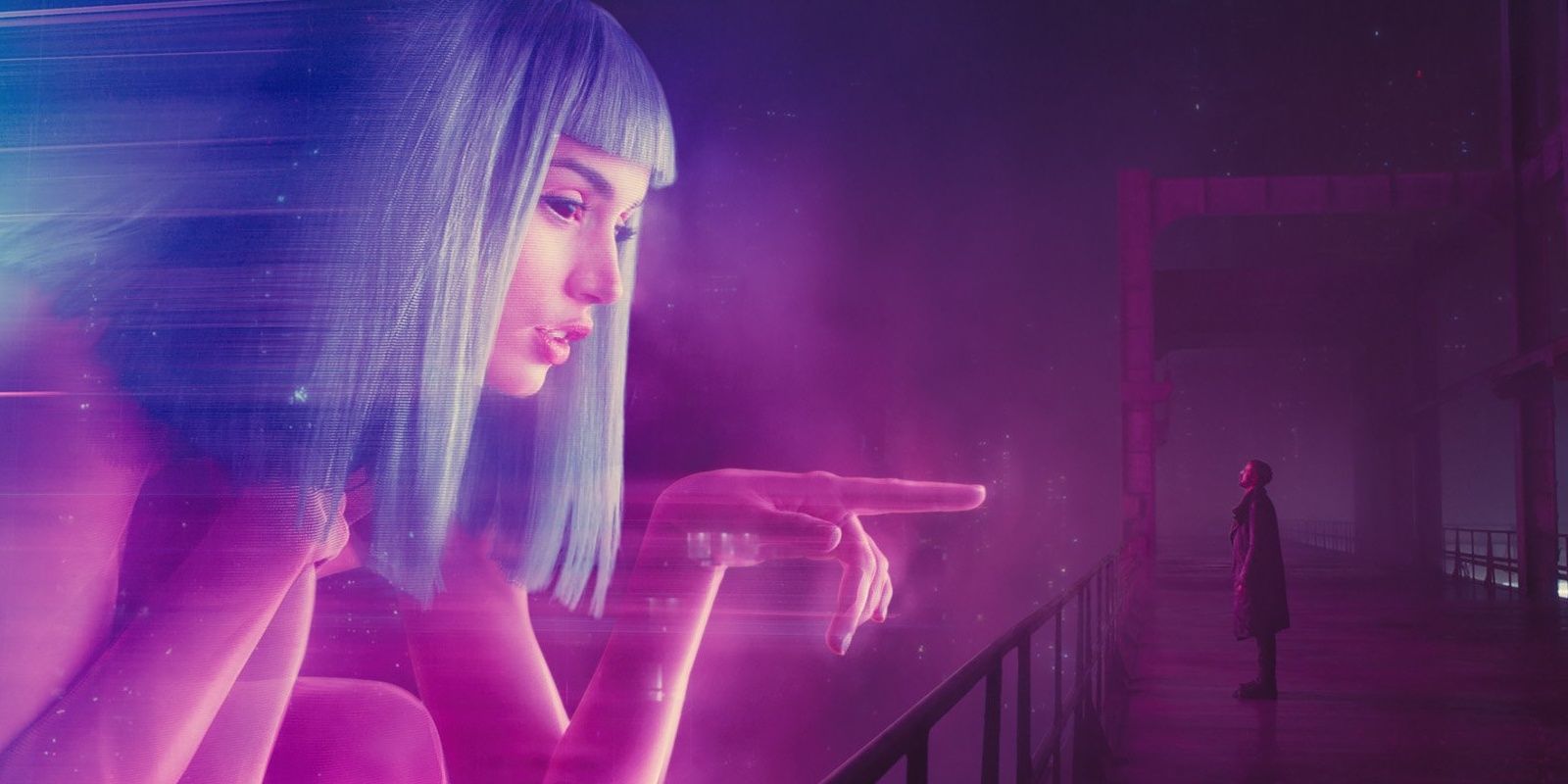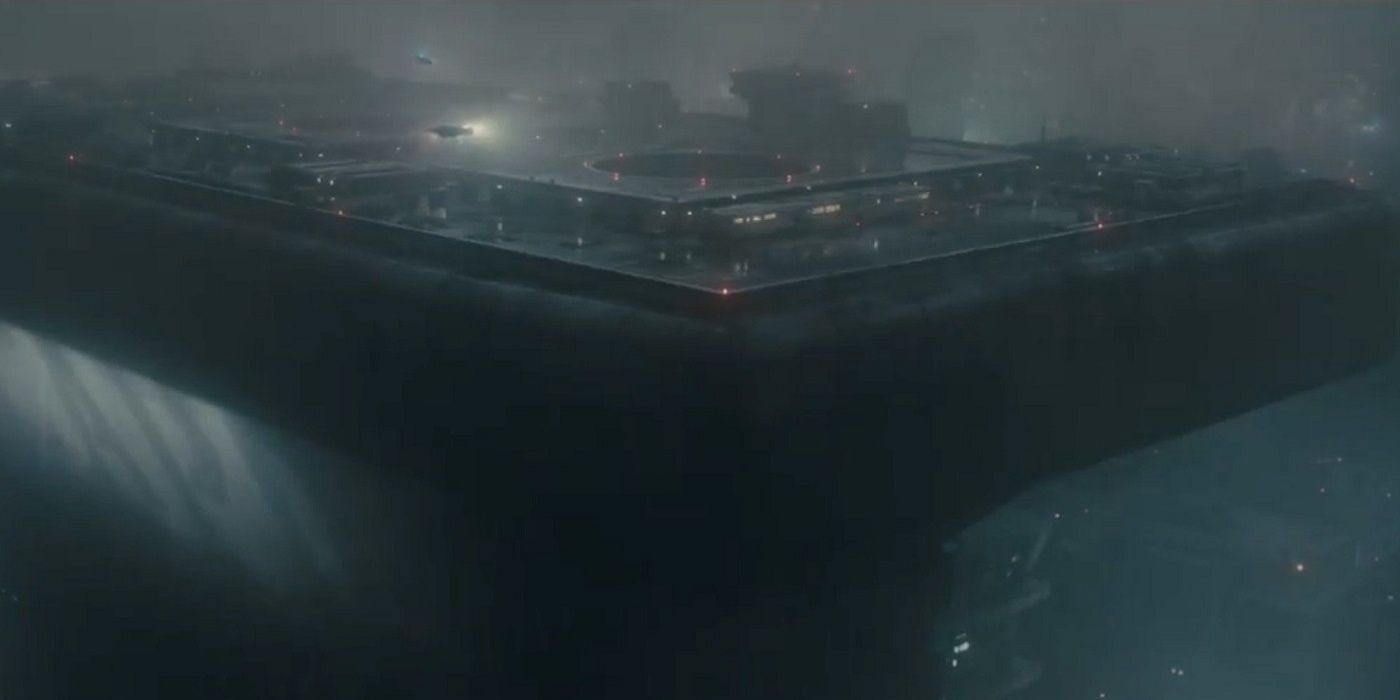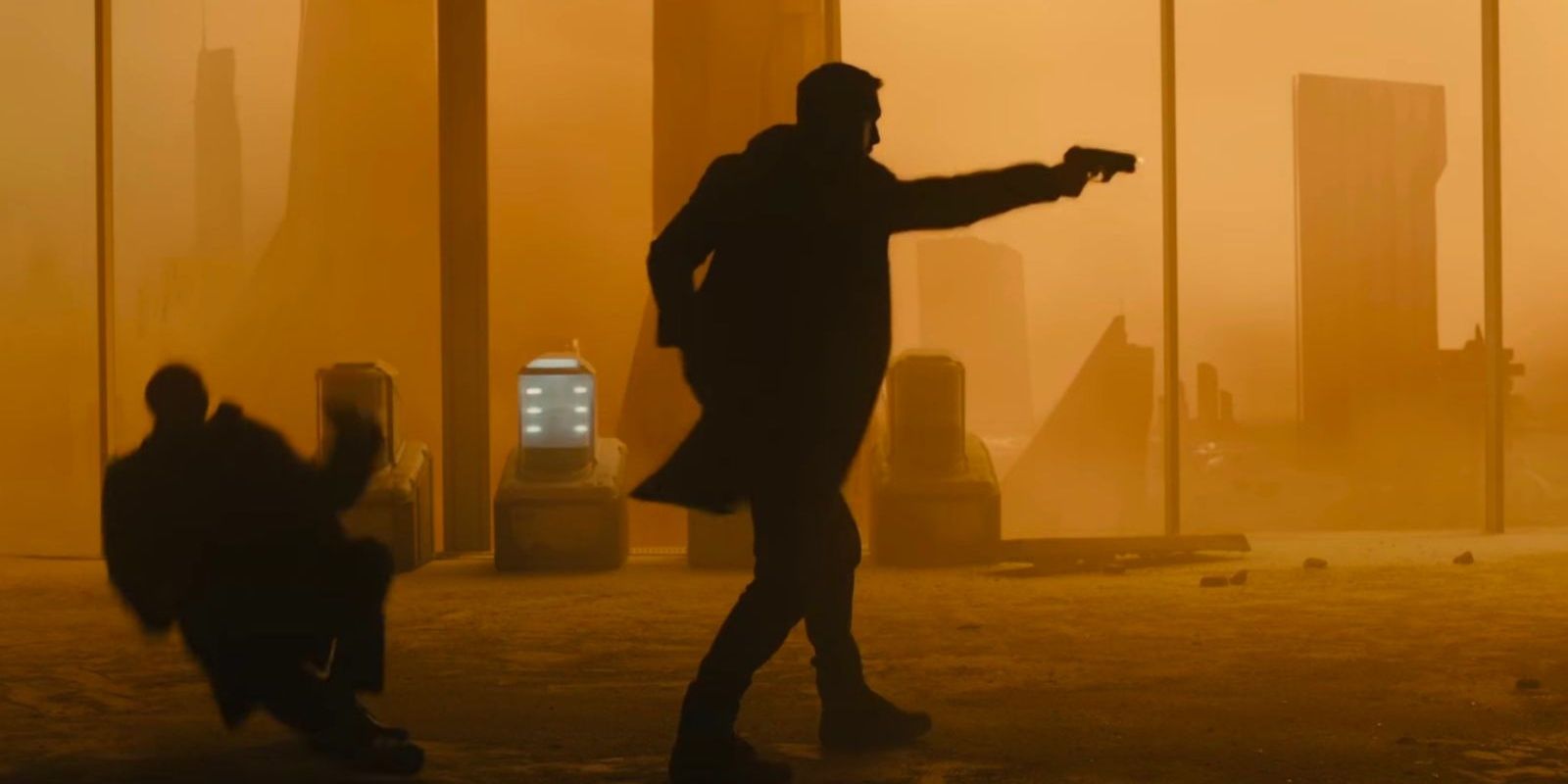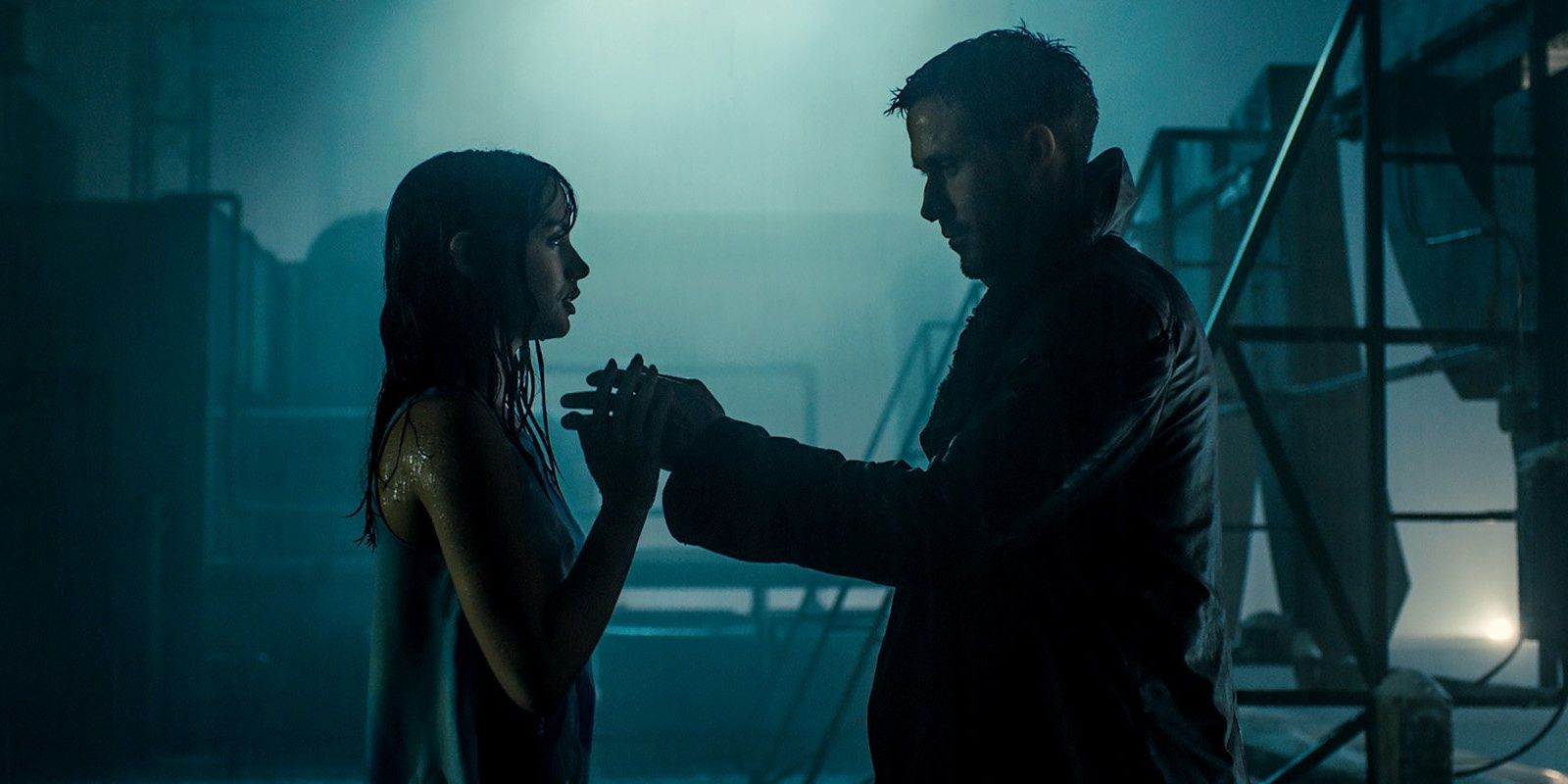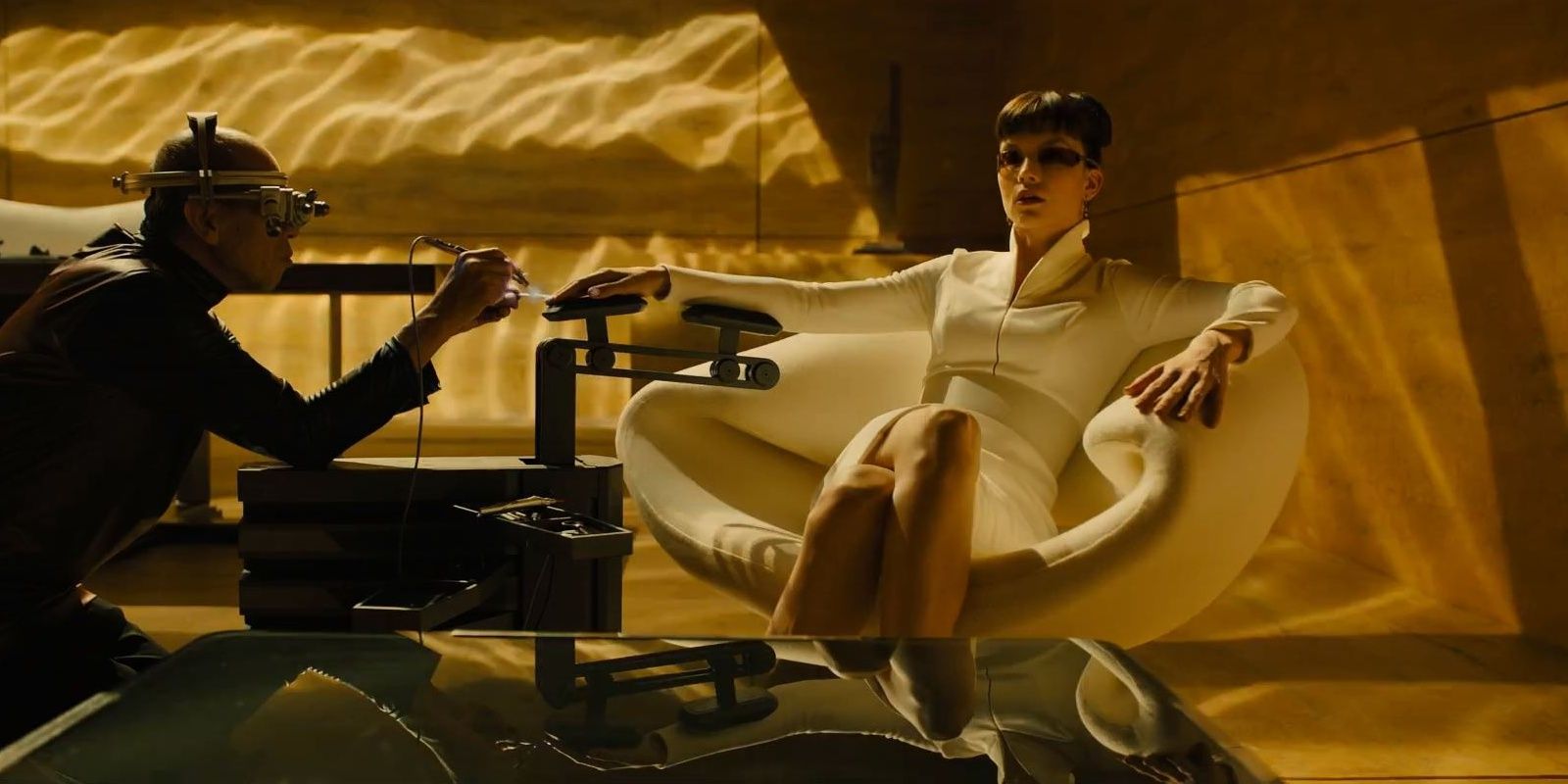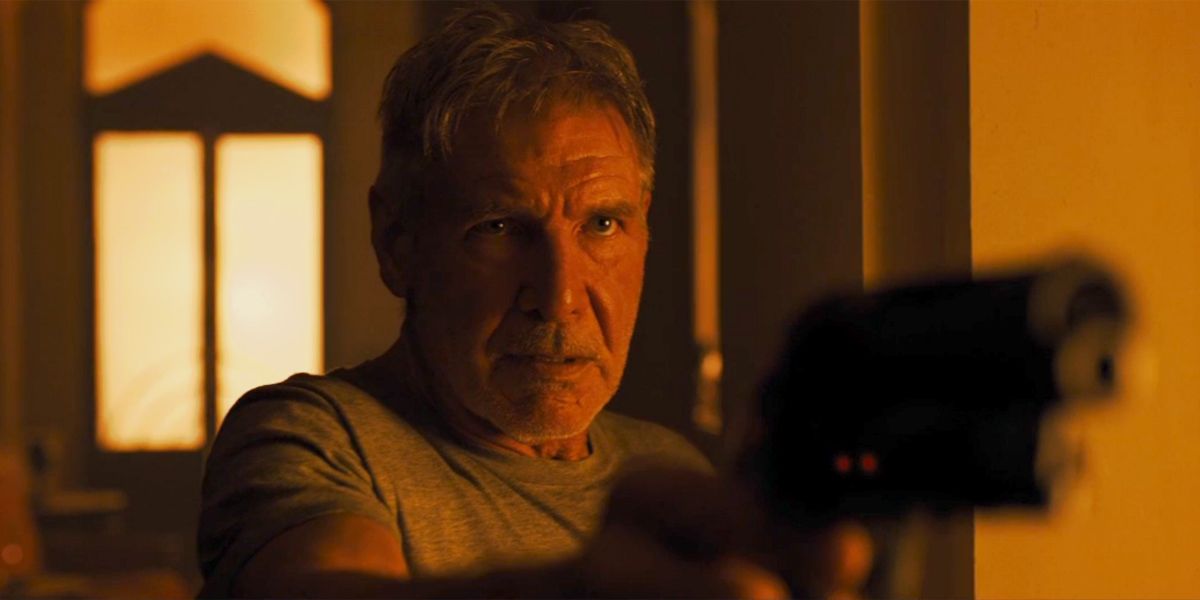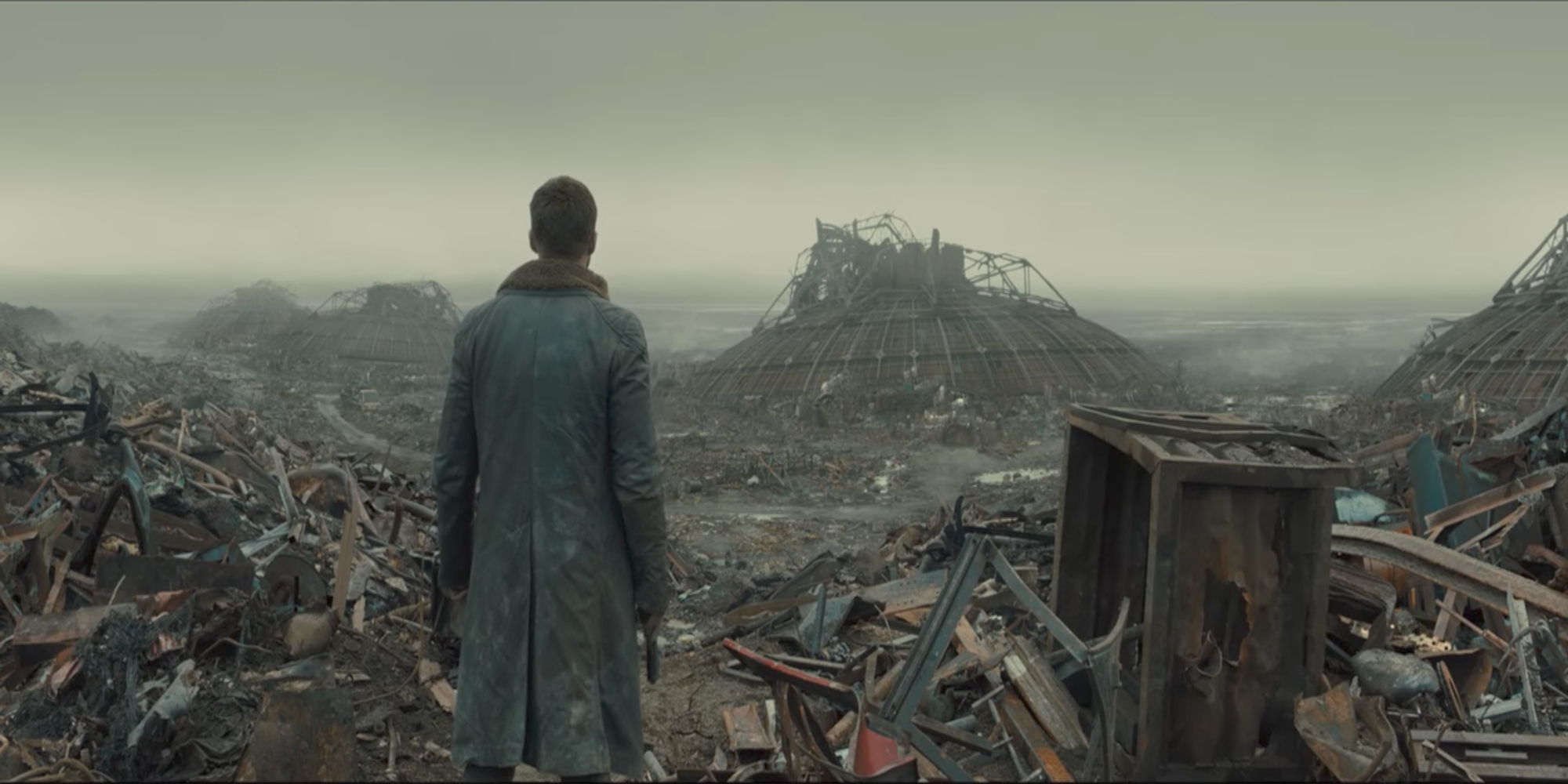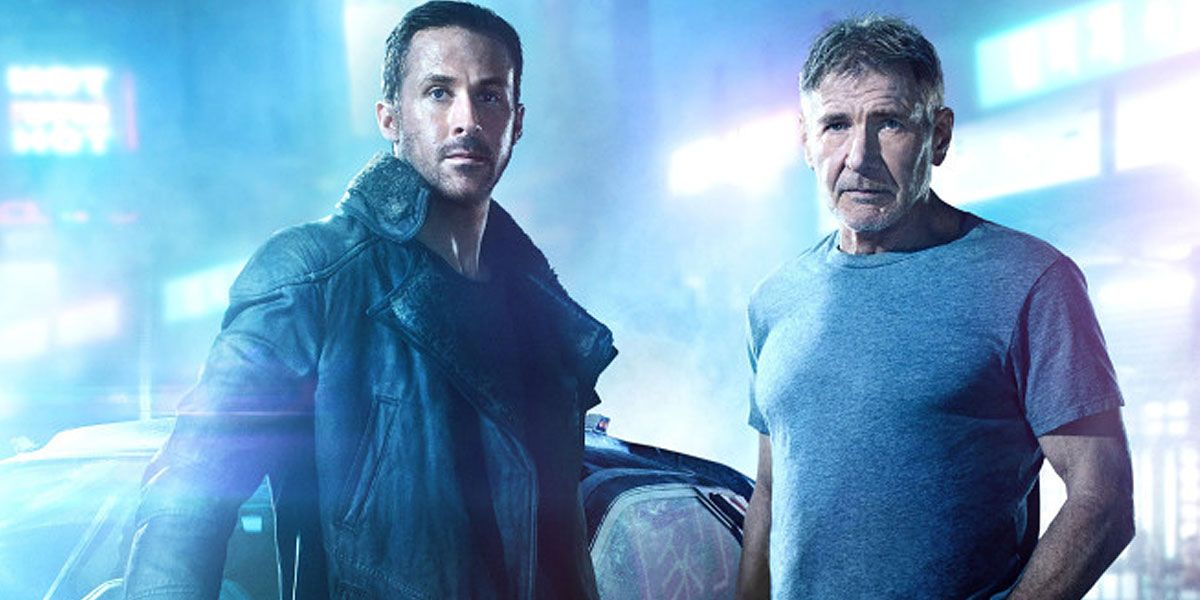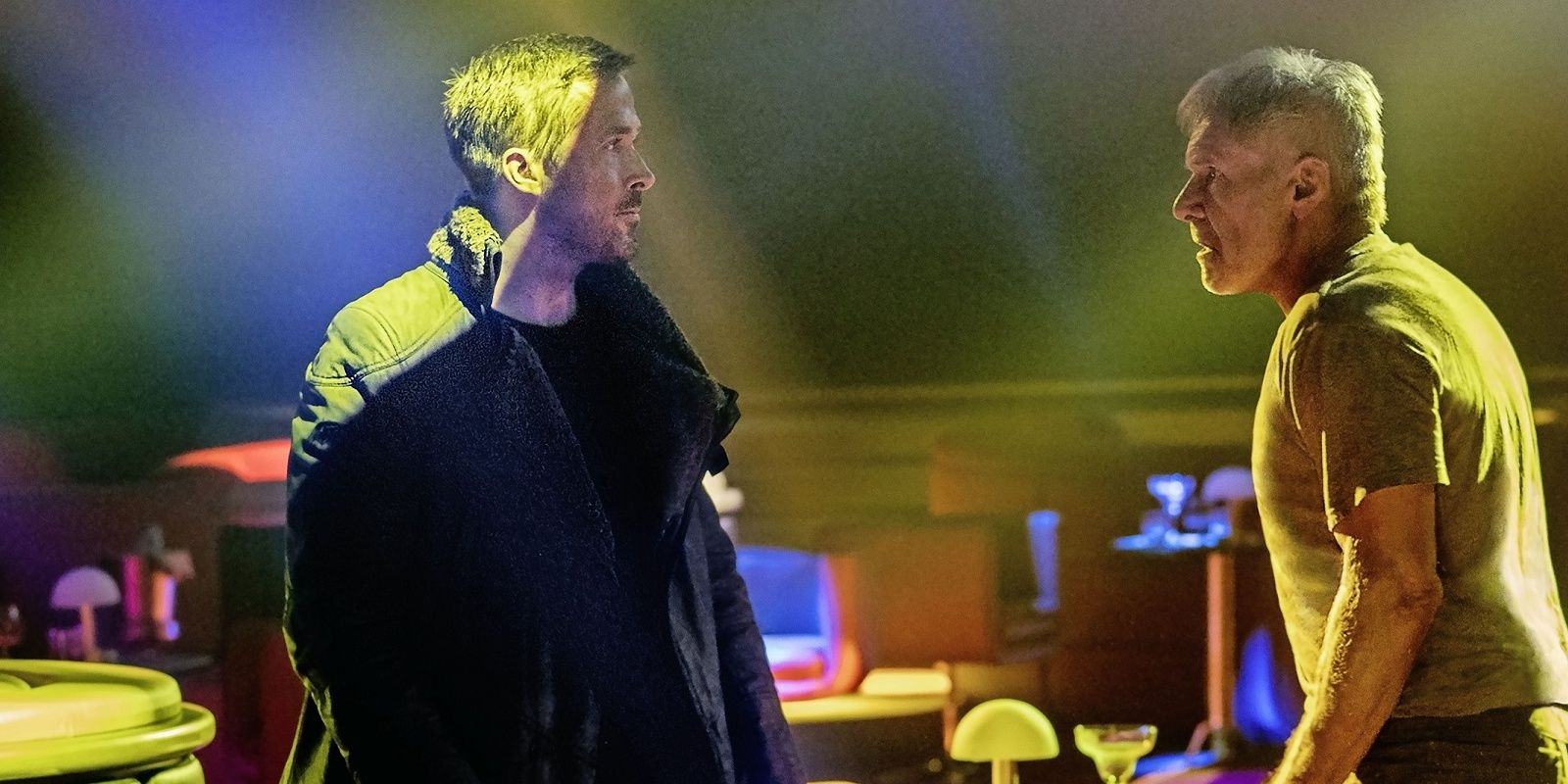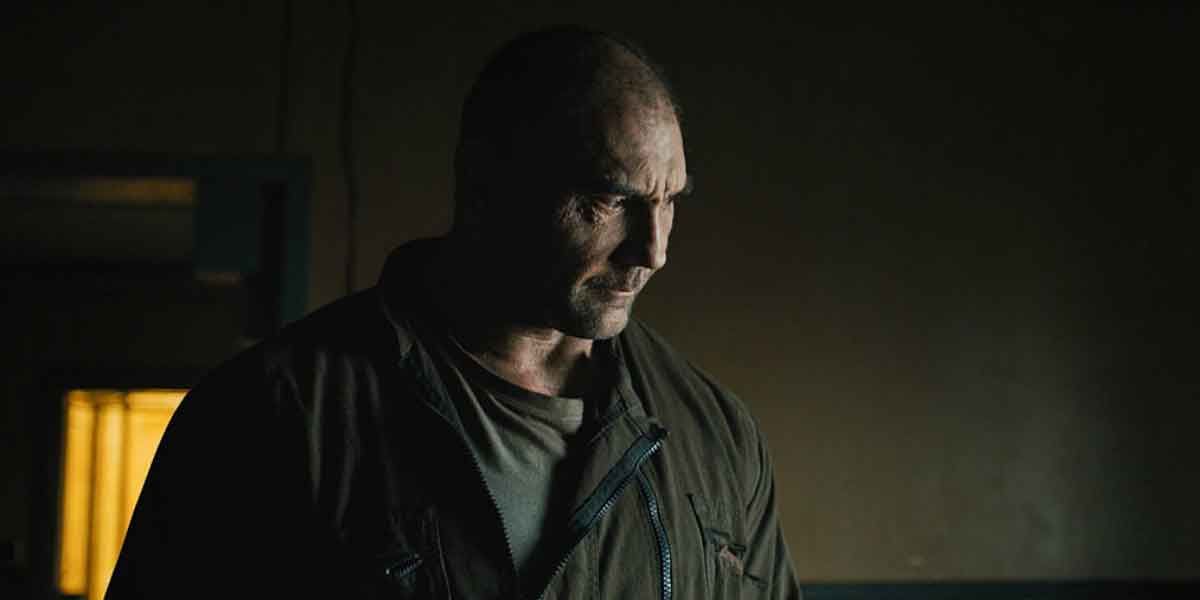The original Blade Runner would always be a difficult act to follow. Although it didn't necessarily light up the box office back in 1982, the movie developed a cult status that allowed it, over time, to become one of the biggest movie classics in the sci-fi genre. With its bleak look at the future and an intriguing premise that involved the hunt for replicants – machines made to look like humans – the movie, to many, became a film that simply couldn't be matched by any other. Furthermore, a sequel was something that was almost unfathomable. How could one hope to follow the impossible?
RELATED: The Last Jedi: 16 Things You Believe (That Are Totally False)
It would take more than 30 years, but eventually, a sequel was finally produced. And yet, still, doubt remained. With the original a classic of modern cinema, the follow-up would have big shoes to fill, and it would need something relevant to say. Blade Runner 2049 may have fallen short of its box office estimates, but then, so did the original. The sequel has garnered almost universal acclaim from critics and audiences alike. In fact, some might even say that it managed to outshine its predecessor. Today, CBR looks at the world of Blade Runner, and lists 15 ways the sequel tops the original.
15 ONLY ONE CUT NEEDED
“Okay but, which version should I watch?” is the first question out of any uninitiated when faced with the prospect of watching the original Blade Runner, a question you might have heard many times over in the last few weeks – and one that you might have even found yourself asking. The answer, obviously, is Ridley Scott's Final Cut. However, not everyone knows that offhand, and it's still quite possible to watch the “wrong” cut online, or on your favorite streaming service.
And this is where Blade Runner 2049 differentiates itself from its predecessor, right off the bat. The movie released is the final version of director Denis Villeneuve. There will not be a new edit, with added scenes. Clocking in at 2 hours and 45 minutes, the movie the-powers-that-be wanted us to see is the movie we got, and it stands on its own.
14 JAW-DROPPING SET DESIGNS
The original Blade Runner was an inspiration for sci-fi movies everywhere. In many ways, it's the instigator for the modern approach to the visuals of dystopian future movies. The set designs were inspired, and they were nothing anyone had ever seen before. But with 2049, things were pushed even further than ever before.
Showing an evolution of this universe, the sequel was able to take all of the cues from the original and push through the scope of today's limits. Never before have set designs and color palettes looked so ancient and futuristic at the same time, equal parts regal and derelict. The movie has an unmistakable quality to it that makes it immersive – it truly feels like a world that has been lived in, down to the more minute detail. Don't be surprised if the movie earns itself a few Academy Award nods in the visual department.
13 A VILLAINOUS SPECTRE
Blade Runner 2049 has something that the original movie never really had: a proper villain. While Roy easily fit that role in the original, he was more of a reluctant antagonist, forced into this position thanks to his limited lifespan, and his dreams of becoming human. He was more of a tragic figure that helped lend the movie its classic status.
In 2049, we get an actual villain in the form Jared Leto's Niander Wallace. Similar in some ways to the original's Eldon Tyrell, the creator of the replicants, Wallace is an industrialist genius. Like Tyrell, he has a god complex, but he takes his dreams and aspirations much, much further. Wallace may have a limited amount of screen time in the film, but you will hardly notice since his spectre haunts every thread of the story.
12 A BEAUTIFUL, PALPABLE LOVE STORY
The original Blade Runner had a love story at its heart, the story of a man(?) who falls in love with a replicant who is just as much human as he is. But the story of Deckard and Rachael happened very rapidly. Instantly, the connection was established when they met, and when next they saw each other, the two had taken their relationship to the next level.
In 2049, we have a very different love story, one that is beautiful and tragic and heartbreaking. The relationship between Ryan Gosling's K and Ana De Armas' Joi is even more central to the movie's story, and it's one that gradually evolves as the movie progresses. It's a love story that is palpable, one that makes you root for both of these characters to find a way to pull through, even though circumstances – and existence – are seemingly against them.
11 TAKING STEAMPUNK TO NEW HEIGHTS
The world created by Ridley Scott was one steeped in steampunk, from the back alleys of Los Angeles to the heights reached by the flying spinner cars. The technology was at a fine point at the time, but it was limited by that of the filmmaker's real world. Today's new technologies, ranging from special effects to the limits of what science can achieve, have allowed 2049 to take things even further.
The sequel's future looks even more real and possible because of it. The technology that is at the fingertips of the characters feels like it stemmed from something that is entirely possible in our lifetime, and this only helps give weight to the film – the idea that this could be a possibility, were things to spiral out of control. The costumes, the props, the sets -- the entire world created is somehow timeless in its look at the future.
10 OSCAR-WORTHY SOUND MIXING
If you haven't seen Blade Runner 2049 yet, you owe it to yourself to go see it in IMAX format, the best quality possible for such a magnetic film. Instantly, you will be knocked over by the impressive sound design and sound mixing used in the film, a mixture of deep baritones and EDM-inspired notes that give the movie half of its spirit.
It's a sound that marries itself expertly to the world presented to us, like the two have walked hand-in-hand forever. Sure, it's the same type of sound that was presented in the original film, but this time around its technical aspect has no equal. Every scene makes you vibrate, rendering an experience that is both immersive and enthralling. Come Oscar season, look to this movie to take home some gold.
9 HARD-HITTING ACTION
In the opening segments of 2049, we are immediately introduced to K as he works on a case. In a bid to plunge the audience directly in the world presented, to show them exactly what this universe and its characters are like, and to give us the most direct (re-)introduction of what a Blade Runner does, we are given a hard-hitting battle sequence between K and Dave Bautista's Sapper Morton.
And the movie doesn't stop there. Every punch, every explosion, every gunshot is something that is blunt and devastating, and there is a lot more of it compared to the original. In a way, 2049 is more of an action film than its predecessor ever was, especially with shootouts, replicant versus replicant fights, and even flying spinner chases that end in flames.
8 THAT LOVE-MAKING SCENE
The first Blade Runner wasn't shy on showing skin or scenes that ventured on the more explicit, but rather than add bluntly to that legacy, 2049 chose instead to give us a scene that is not only quite adult-oriented, but also more subtle – a scene that is beautiful and strange all at the same time. It's a scene that has easily become one of the highlights of the film.
When the digital interface character of Joi chooses to take her relationship with K to the next level, she hires a call girl to do what she can't. But, thanks to the technology of the future, Joi is able to “merge” in a way with this girl, essentially taking over her body. The logistics and technical aspects of the scene are mesmerizing, as one woman overlaps the other, and the scene manages to tug at the heartstrings at the same time.
7 LUV VS. ROY
As an antagonist, Roy was cruel and villainous when he chose to be, but he also had a humanity to him, with a need to live beyond his years. It was a relatable quality that made him just as much an important character to the film as Deckard. However, the sequel gave us a replicant that was all out evil, and an absolute challenge.
Luv is introduced to us as the right-hand woman of Wallace, but it doesn't take long for her to emerge as the true, physical evil of the film. When others are in her presence, they are in total danger, as evidenced by the trail of bodies and destruction she leaves behind. Actress Sylvia Hoeks managed to give us a character that we somehow despised and rooted for at the same time, something that is no small feat after following the footsteps left by Roy.
6 SOME MUCH NEEDED DEPTH GIVEN TO DECKARD
In the original Blade Runner, Deckard emerged on the scene fully established as a Blade Runner taking on one last job. As he hunted down his targets, he met Rachael, and we saw him come face-to-face with something he didn't understand. But, surprisingly, other than the divisive ending, we didn't get to learn all that much about Deckard, the man.
Thankfully, this was more than remedied in the sequel. In 2049, Deckard shows up late in the game, but every scene he is in is chock-full of character-defining and revealing moments. This is a Deckard who went through so much pain and suffering, and Harrison Ford was finally allowed to dig deep into a character he had brought to life decades ago. This time around, he is haunted, he is battle-hardened, he is filled with regret, and he is a man who has sacrificed and lost everything.
5 AN EXPANSION OF THE MYTHOLOGY
Blade Runner 2049 takes the world established in the original movie and pushes it all even further. Where before we had the city of Los Angeles to give us an idea of what this dark future looked like, the Blade Runner world is now expanded even further. We see the farm areas away from the city, we see the outskirts where people live among the rubble and trash, and we even go as far as Las Vegas.
Every new locale we visit gives us more insight as to the world the characters live in. It feels bigger and richer, and that only helps the audience settle into this universe. We also learn more about the history of the past 30 years, with new events like “The Black Out” and the consequences it had, as well as how humanity is faring off-world.
4 A BITTERSWEET ENDING
Blade Runner 2049 does things differently than its predecessor. Where the original chose to end with everything up in the air, with the audience wondering what would happen in the next few minutes following the last frame of the film, the sequel instead chooses to end with a sigh of relief, with its characters embracing their fate, whether that is life, or death.
The original film ended with Deckard and Rachael on the run and, almost poetically, the sequel now ends with Ford's character retuniting with his long lost daughter. Now believed dead thanks to K, Deckard is free to start a new life with his daughter. As the two see each other, we are left with the comforting notion that this could be a fitting end for Deckard, if not for the franchise itself.
3 THE ELVIS SCENE
Blade Runner might not have been a movie where you'd expect to hear mention of an “Elvis scene,” but here we are. In 2049, K travels to the forgotten remnants of Las Vegas to find Deckard holed up. There, the two face-off as Deckard is quick to attack K, fearing he has come to hunt him down. The two fight in a room where a broken projector plays a video of Elvis performing.
But the genius of that scene is in the execution. As K hides, the music barely plays. Nothing more than distorted musical bursts pepper an unsettling sequence filled with silence and the sounds of punches and gunfire. It adds such gravity to the fight, and it even makes you wonder what the outcome will be. The sequence is genius, and a standout in a film that is all about standouts.
2 EXISTENTIAL THEMES DEEPENED
At its heart, Blade Runner was a movie about what it means to be human. It ended by making us wonder if the man we believed to be a human could be a machine after all. In that way, the sequel doesn't seek to give answers – only to dive even further with all of its replicants, starting with Sapper, his mention of miracles, and his sacrifice.
In Joi, we meet an artifical intelligence that doesn't even possess a body. And yet, she is as much a person as any replicant or human. She feels love and pain. She fears. Luv, although she may be a villain, strives to live and to be the best. As for K, his nature isn't hidden from us. From the get-go, we know he is a replicant, and it makes his plight that much more engaging. These characters, in their own ways, manage to redefine human traits.
1 THE SOUL OF A MAN
From beginning to end, Blade Runner 2049 is primarily K's story. A replicant Blade Runner who only knows how to obey orders, K quickly unearths a case that makes him question himself. It's a quest of self-discovery that is taken even further by the evolution of his relationship with Joi. While he knows that he doesn't have a soul, both Joi and his quest bring him emotions that he shouldn't be feeling.
As he embarks on the search for Deckard's daughter, K proves that he is exactly the special person he always wished to be. By sacrificing himself for Deckard, by convincing the retired cop to go meet his daughter, K proved that one needn't be born to be human. It's a beautiful arc that is both simple and complex. And that is exactly why Blade Runner 2049 succeeds as the impossible sequel. Because it's simple... and just as complex.
What did you think of Blade Runner 2049? Let us know in the comments!

